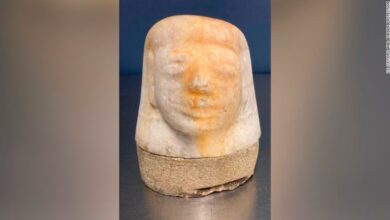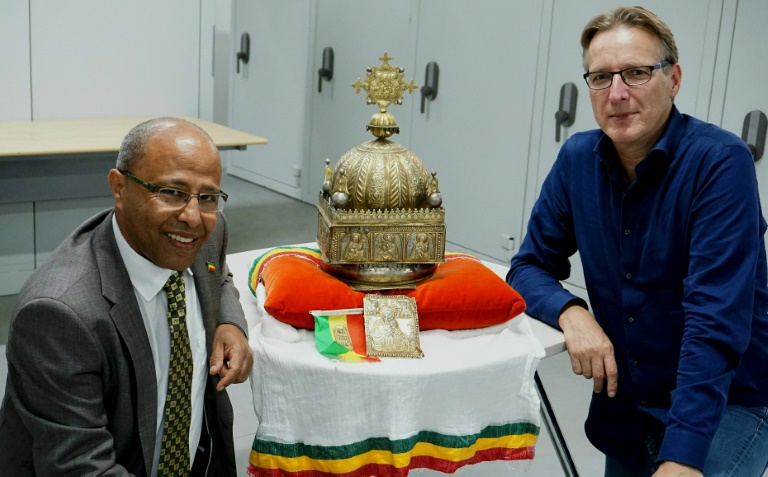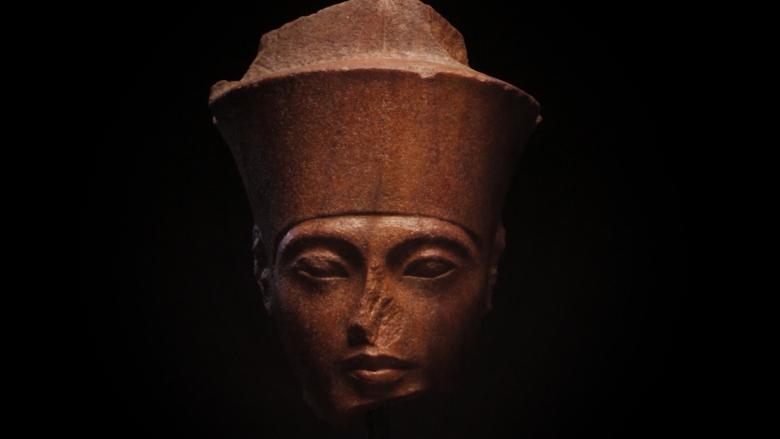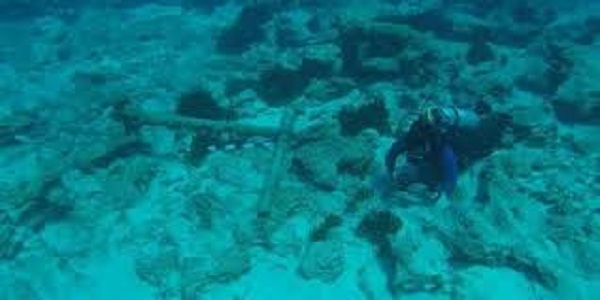
Artifacts recovered from an 1824 shipwreck of a Hawaiian king's yacht will soon go on display at a museum on the island of Kauai.
The Smithsonian Institution in Washington is moving to the Kauai Museum some 1,250 lots of artifacts from the shipwreck which experts say open a window into cultural change in the archipelago from its period of westernization.
The objects from the collection will be put on show for the public in the coming weeks.
The royal yacht sank in Kauai's Hanalei Bay in 1824 and left objects ranging from a conk horn to grindstones buried under sand, until Smithsonian curator Paul F. Johnston led a team that recovered them in numerous dives between 1995 and 2000.
The artifacts demonstrate how Hawaii was undergoing social change under the leadership of King Kamehameha II, who owned the yacht, Johnston said.
For instance, there were Hawaiian weapons such as "canoe breakers," which were rocks that had been attached to a rope, along with Western objects of warfare such as musket balls.
There also were stones from a Hawaiian bowling game called Ulu Maika, along with a checker from a Western checkerboard, Johnston said.
Remnants of the ship itself mostly washed away over the decades. It was built in Massachusetts in 1816 as America's first ocean-going yacht, under the name "Cleopatra's Barge."
Kamehameha bought it in 1820 with about a million pounds of sandalwood, Johnston said.
Johnston, curator at the Smithsonian's National Museum of American History, said he had held onto the artifacts until now because he was writing a book about the shipwreck.
"What was really interesting for me is this was a time of cultures in contrast and transition," Johnston said.
After coming to power in 1819, King Kamehameha II abolished a Hawaiian taboo system and admitted Christian missionaries, which further accelerated cultural change, Johnston said.
Charles "Chucky Boy" Chock, a native Hawaiian who is a consultant with the Kauai Museum, said his team is combing through four crates of the artifacts from the Smithsonian, including items such as glass bottles and kuku, which are batton-like instruments used to beat out bark.
Another two to three crates are due to be shipped to complete the collection.
"It was brought home where it should be, Hawaii," Chock said.




